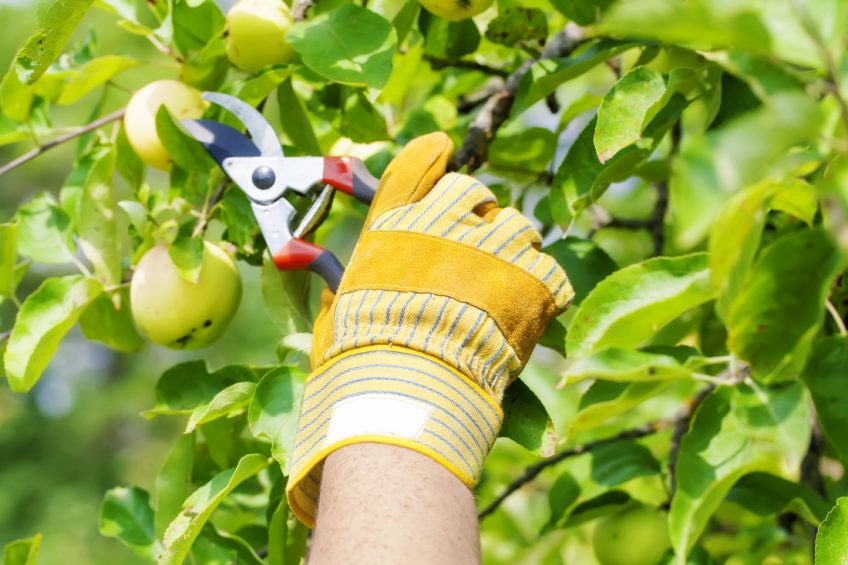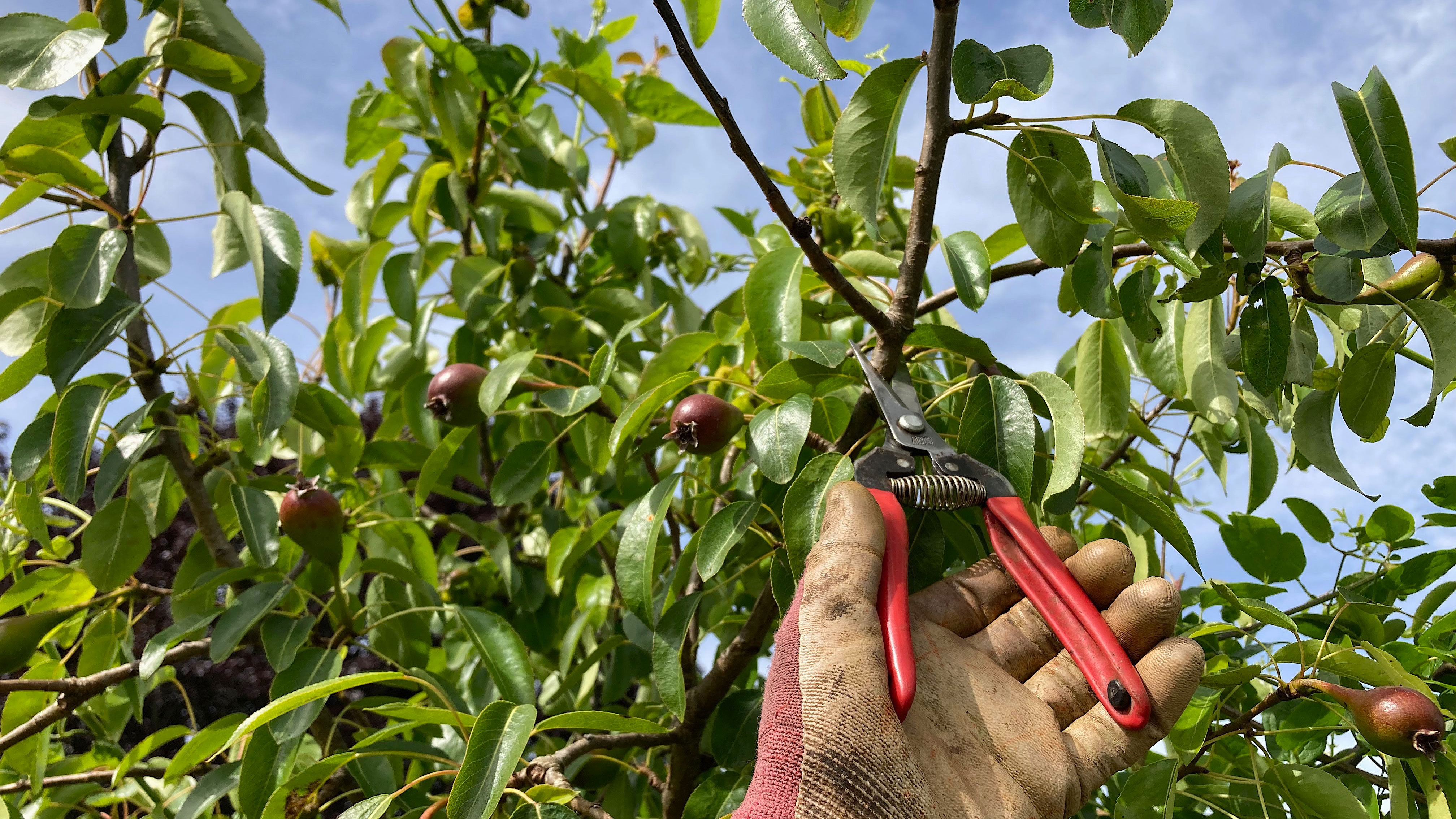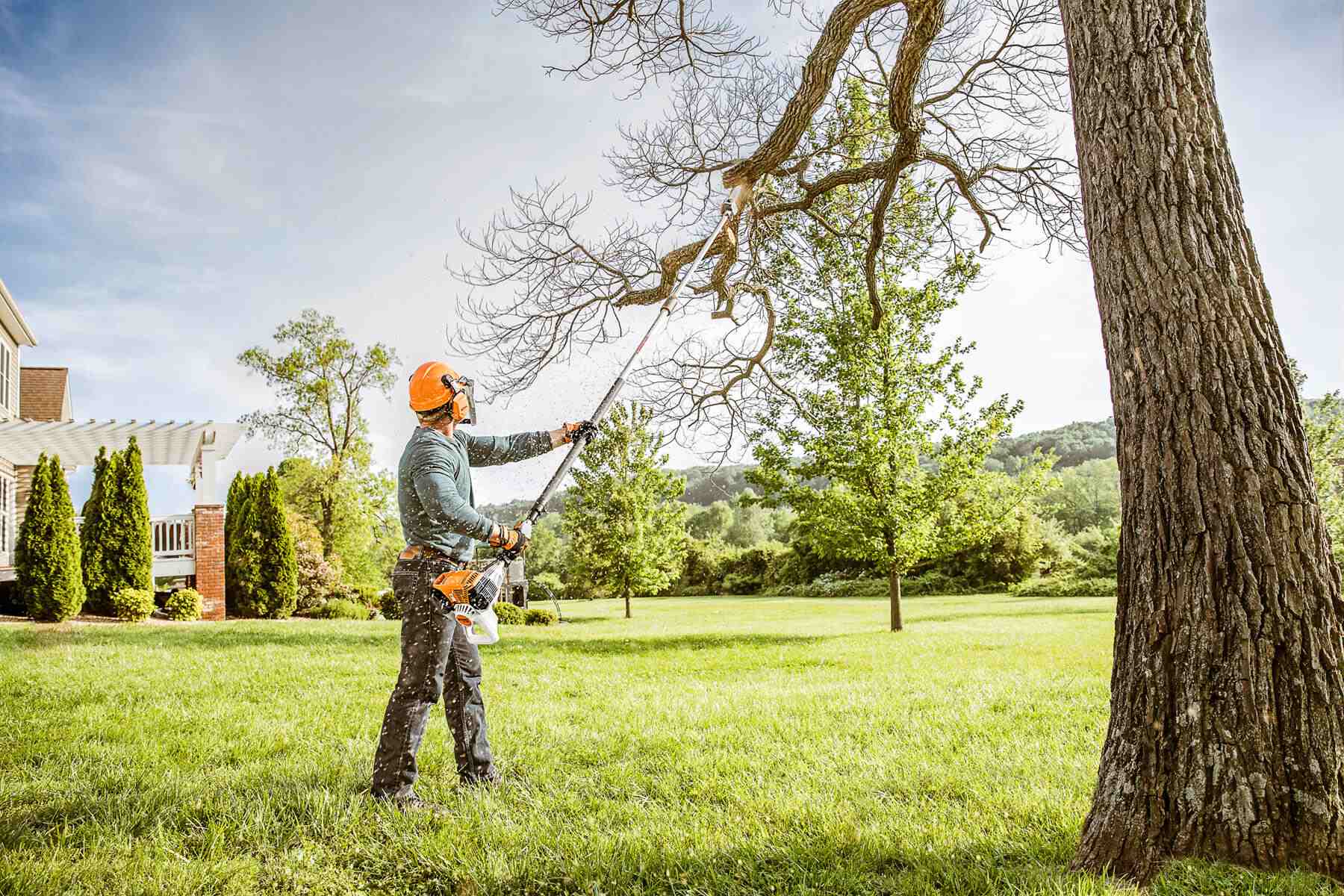Master Fruit Tree Pruning: Top Tips for a Bountiful Harvest

Imagine stepping into your backyard, the sun warm on your face, and seeing your fruit trees laden with ripe, juicy fruits. This idyllic scene is within reach, but it requires some strategic care, particularly when it comes to pruning. Pruning isn't just about cutting back unruly branches; it's about guiding your fruit trees to grow in a way that maximizes their productivity and health. So, grab your shears and let's dive into the top tips for pruning fruit trees.
Understanding the Art of Pruning
Pruning is akin to sculpting, where you're the artist and your fruit trees are the canvas. But before you start snipping, it's crucial to understand why we prune fruit trees. Proper pruning encourages fruit tree growth, improves fruit quality, and maintains the tree's structural integrity. It's about finding the balance between vegetative growth and fruit production.
Why Prune Fruit Trees?
Pruning isn't just about aesthetics. It serves several purposes:
- Promotes Healthy Growth: Pruning removes dead, diseased, or damaged wood, preventing the spread of pests and diseases.
- Encourages Fruit Production: By reducing the number of buds, the tree can focus its energy on producing larger, tastier fruits.
- Improves Air Circulation: A well-pruned tree allows better airflow, reducing the risk of fungal diseases.
- Enhances Sunlight Penetration: More sunlight means more photosynthesis, leading to healthier trees and sweeter fruits.
Top Tips for Pruning Fruit Trees
1. Timing is Key
The best time to prune fruit trees is during the dormant season, typically late winter or early spring. This is when the tree is least active, and the risk of pests and diseases is lowest. However, the timing can vary depending on the type of fruit tree. For instance, stone fruit trees like peaches and plums should be pruned in late spring to avoid silver leaf disease.
2. Choose the Right Tools
Having the right tools makes tree trimming easier and more effective. Here's what you'll need:
- Pruning Shears: For smaller branches.
- Loppers: For branches up to 1.5 inches thick.
- Pruning Saw: For larger branches.
- Ladder: To reach higher branches safely.

3. Start with the 3 Ds
Begin by removing the dead, diseased, and damaged wood – the 3 Ds. This helps prevent the spread of diseases and pests. Also, look for crossing or rubbing branches and remove them to prevent damage to the tree's bark.
4. Open Up the Canopy
The goal is to create an open, vase-shaped canopy that allows plenty of sunlight and air circulation. This is achieved by removing vertical, inward-growing branches and watersprouts – vigorous vertical shoots that grow from the trunk or main branches.
5. Prune for Shape and Size
Consider the natural shape of the tree and prune to enhance this shape. Also, keep the tree's size in mind. If you want a smaller tree, prune the leader – the main upward-growing branch – to encourage bushier growth.
6. Don't Over-Prune
It's tempting to go overboard, but remember, every cut is a wound. As a general rule, don't remove more than 25% of the tree's canopy in one season. Over-pruning can stimulate excessive vegetative growth at the expense of fruit production.
7. Make Clean Cuts
A clean cut heals faster, reducing the risk of infection. Cut at a 45-degree angle, just above a bud or branch. Avoid leaving stubs, as these can die back and become entry points for diseases.
Pruning Techniques for Different Fruit Trees
Different fruit trees require different pruning techniques. Here are some specific tips:
Apples and Pears
These trees produce fruit on spurs – short, stubby branches that live for several years. Prune to encourage spur growth and remove any dead or diseased spurs. Also, thin out the fruit to prevent overcrowding and promote larger fruit size.
Stone Fruits (Peaches, Plums, Cherries)
These trees produce fruit on one-year-old wood. Prune to encourage new growth each year. Also, these trees are prone to silver leaf disease, so avoid pruning in winter.
Citrus Trees
Citrus trees don't require as much pruning as other fruit trees. Focus on removing dead, diseased, or damaged wood and any branches that touch the ground. Also, prune to shape the tree and control its size.

Common Pruning Mistakes to Avoid
Even with the best intentions, mistakes can happen. Here are some common ones to avoid:
- Over-Pruning: This can stimulate excessive vegetative growth and reduce fruit production.
- Under-Pruning: This can lead to a dense canopy with poor air circulation and sunlight penetration.
- Poor Timing: Pruning at the wrong time can increase the risk of pests and diseases.
- Incorrect Cuts: Bad cuts take longer to heal and can become entry points for diseases.
Conclusion: Embrace the Art of Pruning
Pruning is more than just tree trimming; it's about guiding your fruit trees to reach their full potential. It's about understanding their growth habits and working with them, not against them. With these top tips for pruning fruit trees, you're well on your way to a bountiful harvest. So, go ahead, embrace the art of pruning. Your trees will thank you for it.
Happy pruning! Remember, practice makes perfect. Don't be discouraged if you make mistakes. The beauty of pruning is that trees are forgiving, and there's always next season.
FAQs
-
When is the best time to prune fruit trees? The best time to prune most fruit trees is during the dormant season, typically late winter or early spring. However, the timing can vary depending on the type of fruit tree.
-
How much should I prune my fruit tree? As a general rule, don't remove more than 25% of the tree's canopy in one season. Over-pruning can stimulate excessive vegetative growth at the expense of fruit production.
-
What tools do I need for pruning? You'll need pruning shears for smaller branches, loppers for branches up to 1.5 inches thick, a pruning saw for larger branches, and a ladder to reach higher branches safely.
-
Why is it important to prune fruit trees? Pruning promotes healthy growth, encourages fruit production, improves air circulation, and enhances sunlight penetration. It's about finding the balance between vegetative growth and fruit production.
-
What are some common pruning mistakes to avoid? Common mistakes include over-pruning, under-pruning, poor timing, and incorrect cuts. Avoid these to keep your fruit trees healthy and productive.
For further reading, check out these resources:
0 Response to "Master Fruit Tree Pruning: Top Tips for a Bountiful Harvest"
Post a Comment